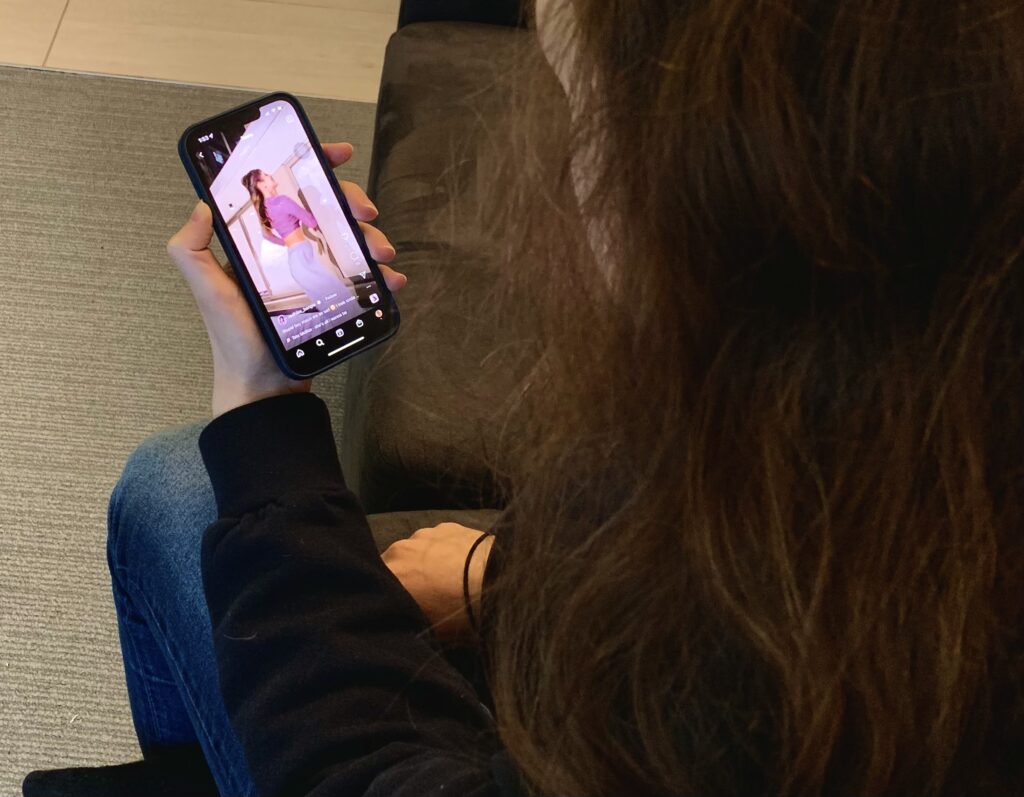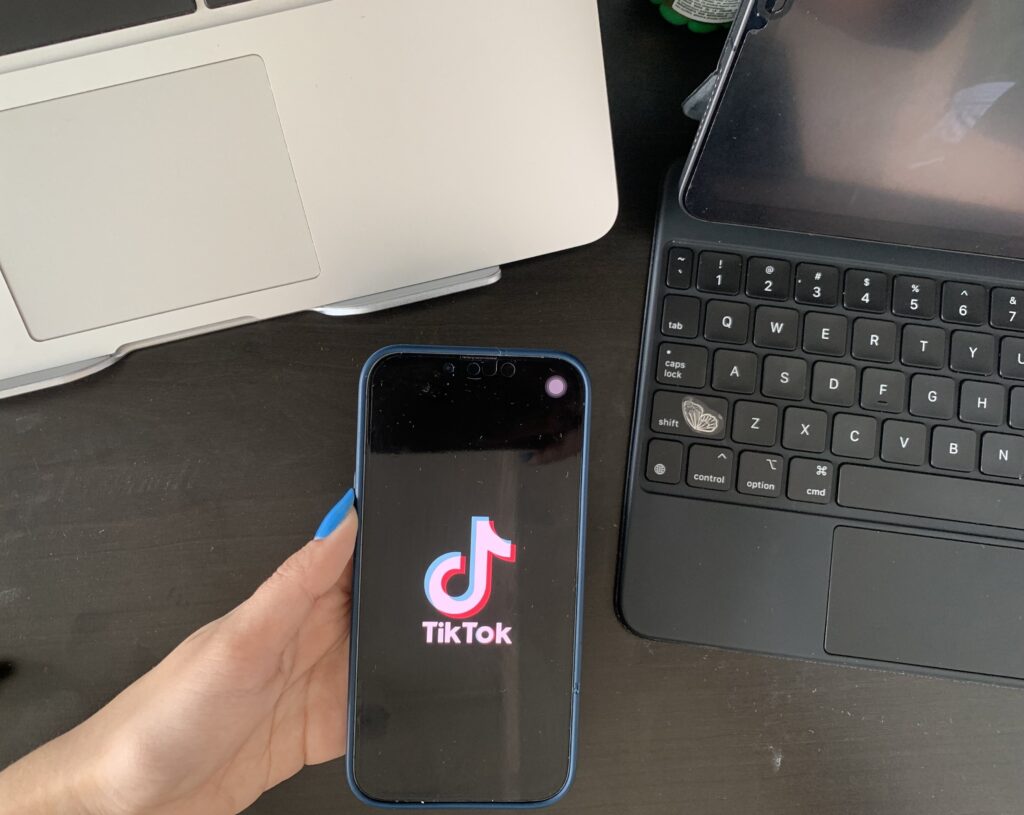By Ishitaa Chopra
The initial lockdown in Delhi during the summer of 2020 was marked by silence, empty streets, the soft haze of the TV and the mindless scrolling of TikTok. That was what 167 million users in India did to beat the summer heat and survive the lockdown. There was so much happening in the country at the time. Apart from the pandemic, there was political turmoil between India and China and, as the lockdown progressed, the realization set in that the safest place to be was at home.
A pattern had set in and people were doing anything to be entertained as the days seemed to grow longer. According to reports by Data.ai, TikTok became the most used social media app in 2020. Then, as India emerged from lockdown, TikTok (which is owned by a Chinese company called ByteDance) went on an indefinite shutdown. The government of India released a report stating the ban was due to “national security issues” with China. It was, according to the government, an attempt to reduce India’s economic dependence on China, after the dispute between the countries. On June 29, 2020, the blue haze from the screen suddenly turned dark. The app only showcased a user notice which stated that it was “complying with the government of India’s directive to block 59 apps.” TikTok shut everyone out, including those who made a living by posting on the app.
Creators took to their Instagram accounts to post about the sudden ban. Some cried, others simply said goodbye. For many it was an internal struggle between wanting their job back and supporting their government. It has now been two years since that eventful evening and TikTok is still banned in India. After the app went dark, creators like Radhika Bangia, who has more than five million followers on TikTok, started expanding their engagement through Instagram. While Bangia can still use TikTok because she currently lives in the United States, it’s not her primary source of income. She’s getting brand deals, but not as frequently as she once was. The TikTok algorithm mainly pushes her content to an Indian audience, she said. Now there’s no one on the other side.
Bangia remembers the night TikTok went dark clearly and it still feels unreal to her. At first, she thought it was a joke. She recalls thinking that there was no way that such a huge app could just get banned. The confusion ended when she turned the news on and reality hit. “[We] were shocked and did not want to accept it,” said Bangia.Many prominent creators in other countries have received huge opportunities as a result of their TikTok fame. Dixie D’Amelio, for example, snagged a coveted invite to the Met Gala, while Addison Rae landed her own Netflix show. But all of the possible opportunities from the world’s most used app were gone in the blink of an eye for creators in India.
The fear escalated quickly when creators started losing millions of followers on the app along with the brand deals they got from TikTok. According to Bangia, brands were confused about the possible return of the app. Some of her peers were solely on TikTok and not active on Instagram. According to her, there was a ripple effect as TikTok’s ban affected Instagram engagement, too. Creators would use TikTok as a way to get followers and views on Instagram by promoting their accounts on TikTok.
For some content creators, there is no other app quite like TikTok. Shweta Singh, a content creator, recalls getting millions of views on the app, but after the ban and her gradual shift to Instagram Reels, she has yet to cultivate the following she once had on TikTok.
Samantha Hicks, the managing director of Shine PR, said that more brand deals are available on TikTok than on Instagram. TikTok has helped accelerate growth on other platforms as well, bolstering the entire social media marketing ecosystem.
Hicks believes that TikTok is considered an “escape,” whereas applications like Instagram present more “deeper conversations” rather than mindless scrolling. While this may seem discouraging, Hicks said that the transition back to Instagram or other platforms may not be complicated. In fact, she said it’s actually easier to make money on Instagram than on TikTok.
“On Instagram, you can have 20,000 followers and make some great money, about $1,500, per post, whereas, on TikTok, you have to hit about 200,000 to 500,000 [followers] to unlock larger budgets,” she said.
Focusing on the present issue, Ayushi Sharma, a professor from the University of Delhi, believes that India has already moved on from TikTok. She said that the quick emergence of apps that mimic TikTok, like Instagram reels, Youtube shorts, MX TakaTak, Mitron, Tna Tan and Moj have attracted a vast audience in India. These apps were launched in 2020 but gained popularity after the ban. Sharma said that the shift from TikTok these other apps is easy because the formats are so similar. There are also brand deals and ad revenues fuelling the growth of these newer apps.
“The profiles of content creators were shifted to other platforms. MX TakaTak and Moj picked up the pace, and they even went one step ahead by launching their content in local languages. Thus TikTok was replaced overnight by these players,” she said.
India has settled into a new pattern. The streets have slowly started getting nosier after so much silence. Summer is quickly creeping its way to the country, and COVID-19 cases are dropping as the heat increases. People are finding themselves back in their homes, in front of the cooler to beat the heatwave and longing for everything to go back to normal (including gas prices). It seems as if the government of India has not loosened its chokehold on which apps can be used. Since 2020, the government has banned around 224 Chinese apps. Some creators, like Bangia, have moved on. She started making Instagram reels and has massed over 1.6 million followers on the platform.
Still, there’s a certain nostalgia for TikTok. Many Indians still long to laugh and send TikTok videos to friends. And maybe that time is ticking closer. In July, a Twitter personality, Mukul Sharma, tweeted news of a trademark application. According to reports, ByteDance has applied for the trademark of the title “TickTock.” Could the ban finally subside?
Only time will tell if that blue light will glow once again.


